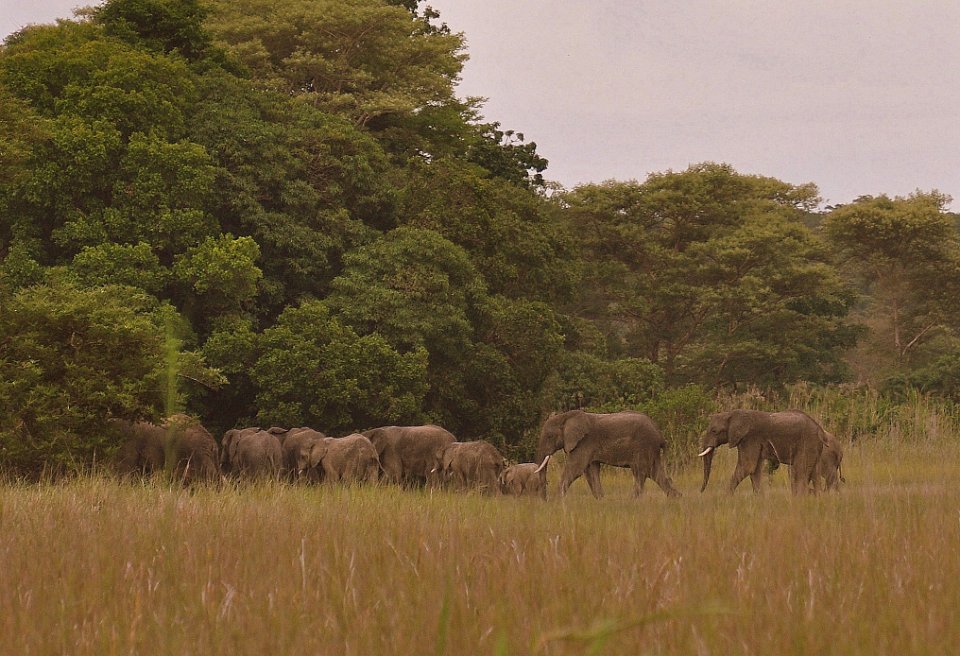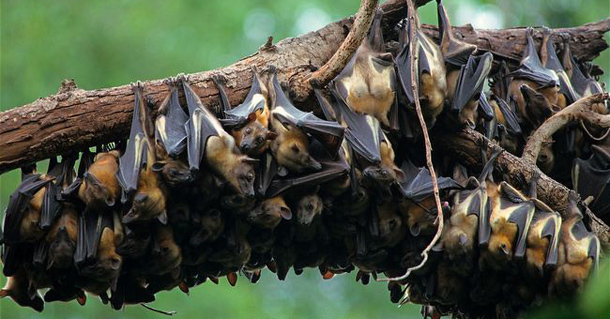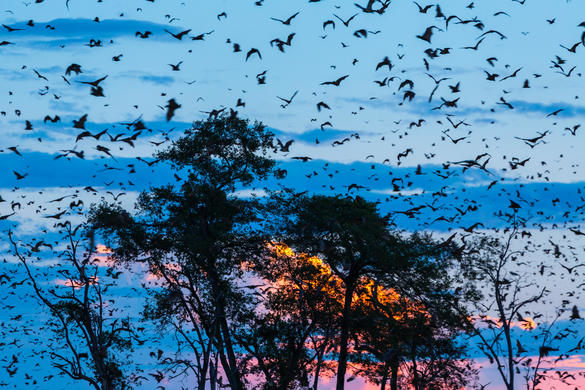Between October and December each year, about 10 million fruit bats descend into a tiny patch of evergreen, swamp-forest (mushitu) inside Kasanka National Park, in Northern Zambia, from the neighbouring Democratic Republic of Congo.
.jpg)
These are giant fruit bats – also known as flying foxes – with straw-coloured bodies the size of puppies, and wings that span almost three feet. Now imagine 10 million of these (possibly 15 million according so some researchers). That’s an incredible three-metric-tonnes of bat! And it happens in a pocket of forest no bigger than two or three football pitches.
.jpg)
They come in search of the waterberries, mangoes, wild loquats and red-milkwood berries that appear in abundance at this time of year. These bats are one of the most important migratory animals when it comes to regenerating the forests of Africa. Each will feast on around two kilograms of fruit nightly, collectively adding up to around 6 000 tonnes of fruit.


The bats then head off on their long migratory path, spreading seeds through dropping their faeces, assisting with the growth and ultimately the regeneration of the land.


This natural phenomenon, unique to Kasanka, takes place over approximately 90 days from late October to mid-December. Taking place in one area, and only for a short while means that your safari has to be impeccably timed.

Kasanka even offers amazing treetop-hides perched 20 metres up-in-the-air in the Bat Forest, allowing you to fully appreciate this unique experience.
According to zambiatourism.com











